
Great WWII German Camo Reference!!! Models! Pinterest Google
The German Army started experimenting with camouflage patterns before World War II, and some army units used Splittermuster ("splinter pattern") camouflage, first issued in 1931. [1] Waffen-SS combat units used various patterns from 1935 onwards. Many SS camouflage patterns were designed by Johann Georg Otto Schick. [2] Modern patterns
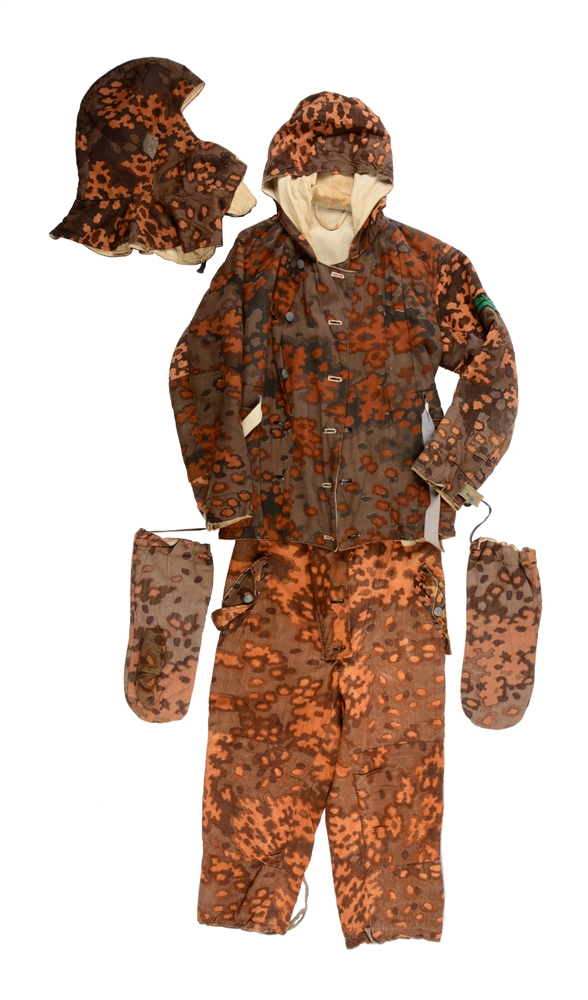
Lot Detail GERMAN WORLD WAR II SS OAKLEAF REVERSIBLE CAMO WINTER UNIFORM.
Save on military jackets. Free UK Delivery on Eligible Orders

Pin on Scale Model Projects
The Erbsenmuster or pea pattern was one of a family of German World War II camouflage patterns, said to have been designed by Johann Georg Otto Schick, and first issued to the Waffen-SS in 1944. [1] The pattern had five colours, pale brown, dark brown, green, olive green and black, arranged as small rounded areas dotted over large irregular areas.

Pin auf w at war
German World War II camouflage patterns formed a family of disruptively patterned military camouflage designs for clothing, used and in the main designed during the Second World War. The first pattern, however, Splittertarnmuster ("splinter camouflage pattern"), was designed in 1931 and was initially intended for Zeltbahn shelter halves.

NEW 1/6 scales camouflage combat uniforms World War II German Italy
Welcome to our collection of German World War II Uniforms and Camouflage. We offer a wide selection of authentically correct German uniforms and camouflage pattern uniforms for reenactors and collectors alike.
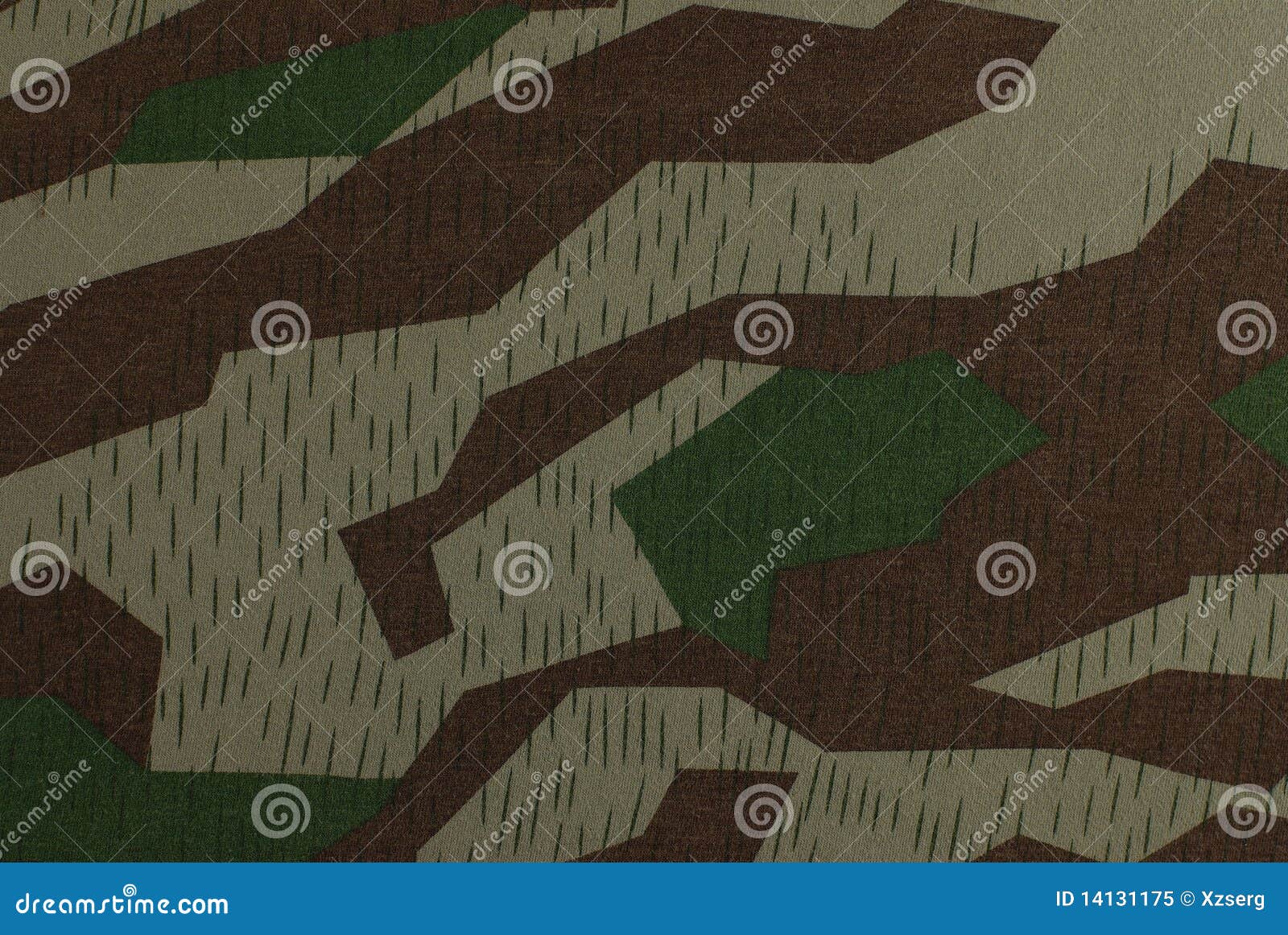
Wehrmacht Camouflage World War 2 Stock Image Image of german, green
German World War II camouflage patterns formed a family of disruptively patterned military camouflage designs for clothing, used and in the main designed during the Second World War. The first pattern, Splittertarnmuster ("splinter camouflage pattern"), was designed in 1931 and was initially intended for Zeltbahn shelter halves.

Buy 1945 German Colors. Camouflage Profile Guide online for 18.50€ AK
1940 Panzergrau Base Colour. 1941 Pattern North Africa. 1942 Pattern North Africa/Crete. 1943 Dunkelgelb Base Colour. 1944 Ambush Pattern. 1944 Red Primer Base. 1944 Dark Green Base Colour. Camouflage patterns were applied in the field, using water/fuel soluable camouflage paste vailable in three colours, dark yellow, oliv green, and red brown.

German World War II SS Oakleaf Reversible Camo Winter
German World War II camouflage patterns formed a family of disruptively patterned military camouflage designs for clothing, used and in the main designed during the Second World War. The first pattern, Splittertarnmuster ("splinter camouflage pattern"), was designed in 1931 and was initially intended for Zeltbahn shelter halves.
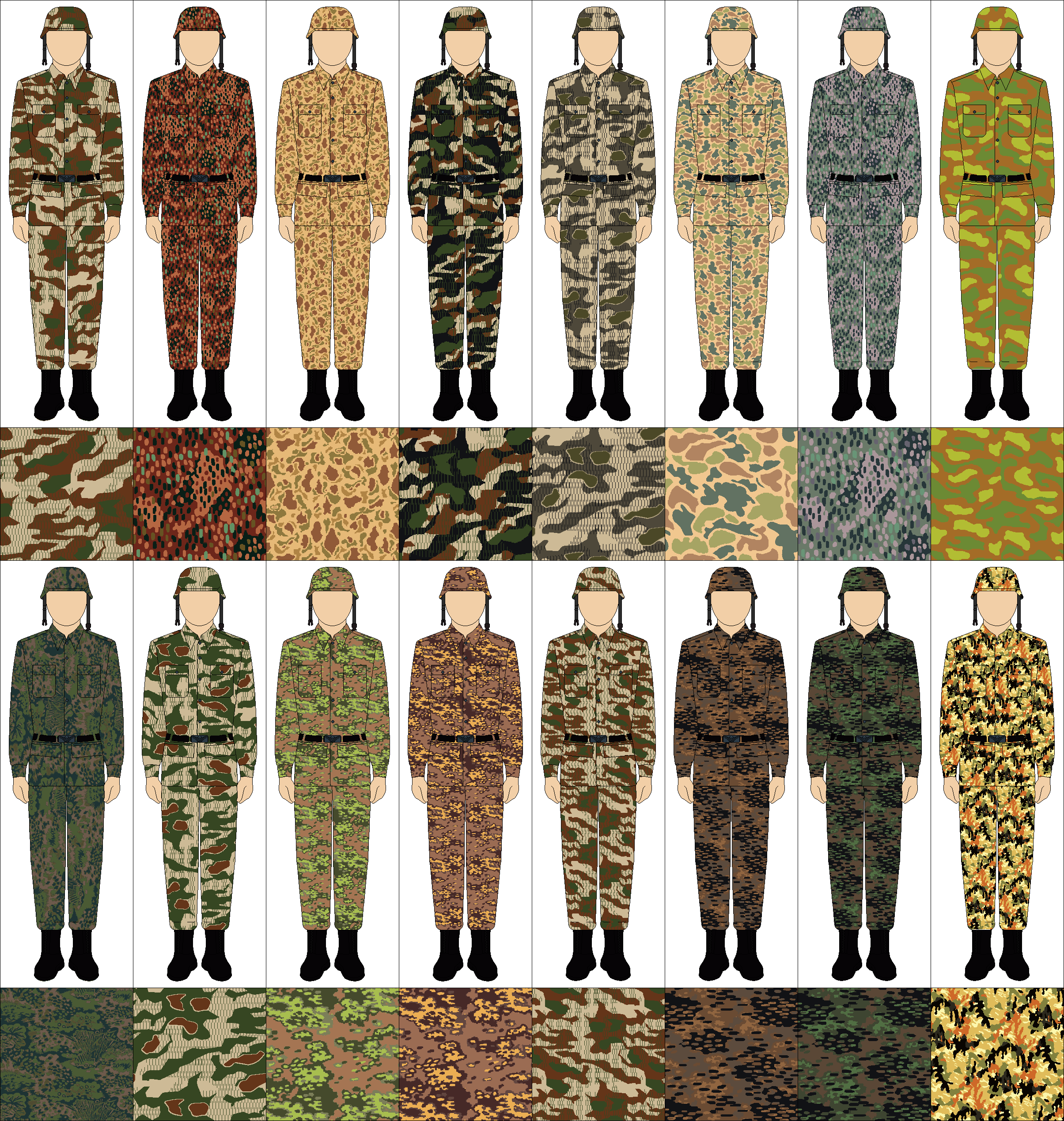
Camo WWII by Tounushi on DeviantArt
German Air Force, or Luftwaffe, founded in 1935, adopted a considerable variety of camouflages for its aircraft. Starting with monochromatic paintings during the first months, in 1936 the first camouflage scheme appeared. At the beginning, this was applied on each type of aircraft.
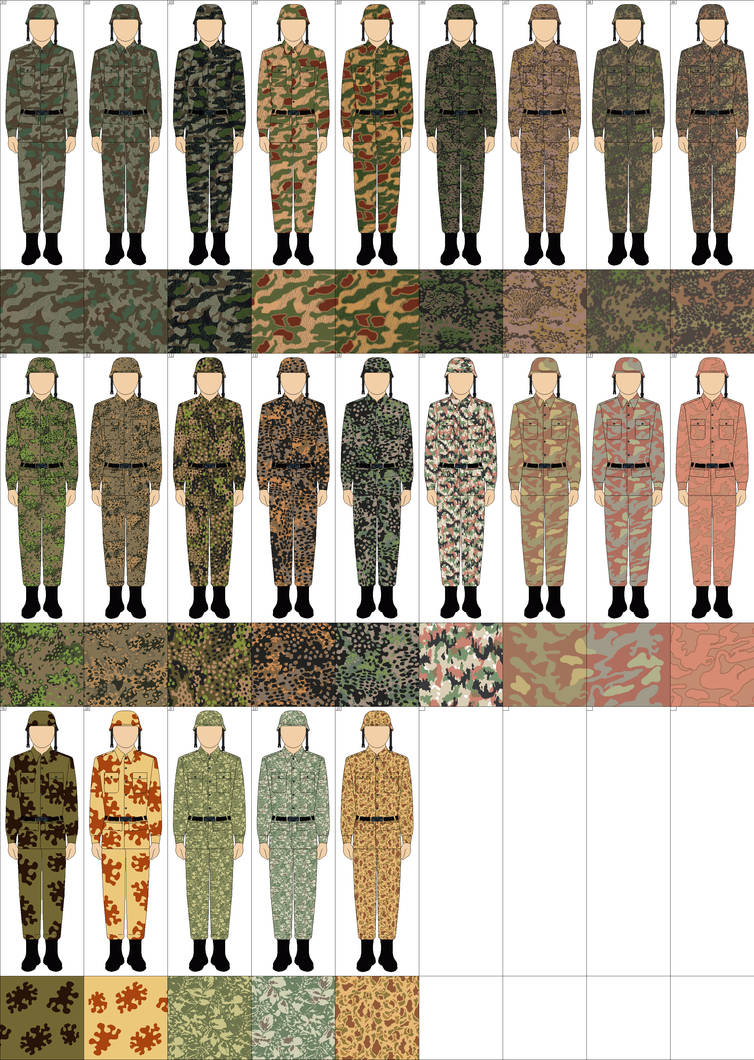
Camo WWII 2.0 by Tounushi on DeviantArt
German World War II camouflage patterns formed a family of disruptively patterned military camouflage designs for clothing, used and in the main designed during the Second World War. The first pattern, Splittertarnmuster ("splinter camouflage pattern"), was designed in 1931 and was initially intended for Zeltbahn shelter halves.

17 Best images about German Camo ww2 on Pinterest Trousers, Helmets
Leibermuster is a German military camouflage pattern first used in 1945. It was the last of a family of German World War II camouflage patterns. The pattern (named after the brothers Leiber, its creators) was issued on a very limited basis to combat units before the war ended.

World War 2 German Camouflage and Tactical Markings Part I Mister
Hello everyone! For today's video, we'll be looking at some of the camouflage patterns used by the German Wehrmacht during the Second World War. For the sake.

Related image Camouflage militaire, Uniformes allemands, Sous officier
The German armed forces (Wehrmacht) were the first military to issue camouflage widely. Starting from 1932, all units received some camouflaged items. Between 1931 and 1945, the Germans created at least 14 different patterns and produced many of them in two or more colour variants.
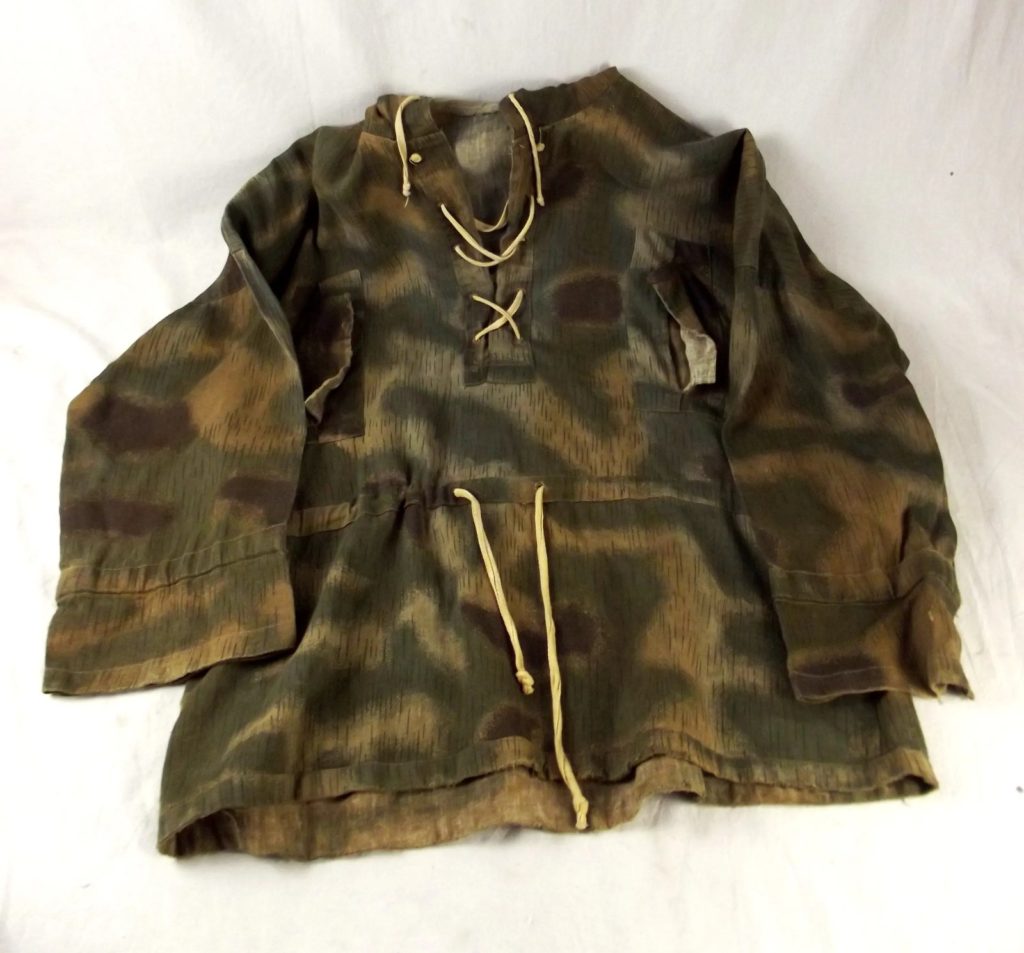
WW2 German Camo “Tarnhemd” Smock Sally Antiques
During World War II, the German military utilized various types of camouflage patterns for their uniforms, equipment, and vehicles. The specific camouflage patterns evolved throughout the war based on the environment and the changing needs of the German armed forces. Here are some notable German World War II camouflage patterns: Splittermuster (Splinter Pattern): One of the most iconic and.

DOT44 SS camo Camouflage Uniform, Camouflage Outfits, Wwii Uniforms
Featuring over 200 Airfix kits, including the iconic Spitfire and Tiger I tank. Model military machinery from an era when countries threw in their all
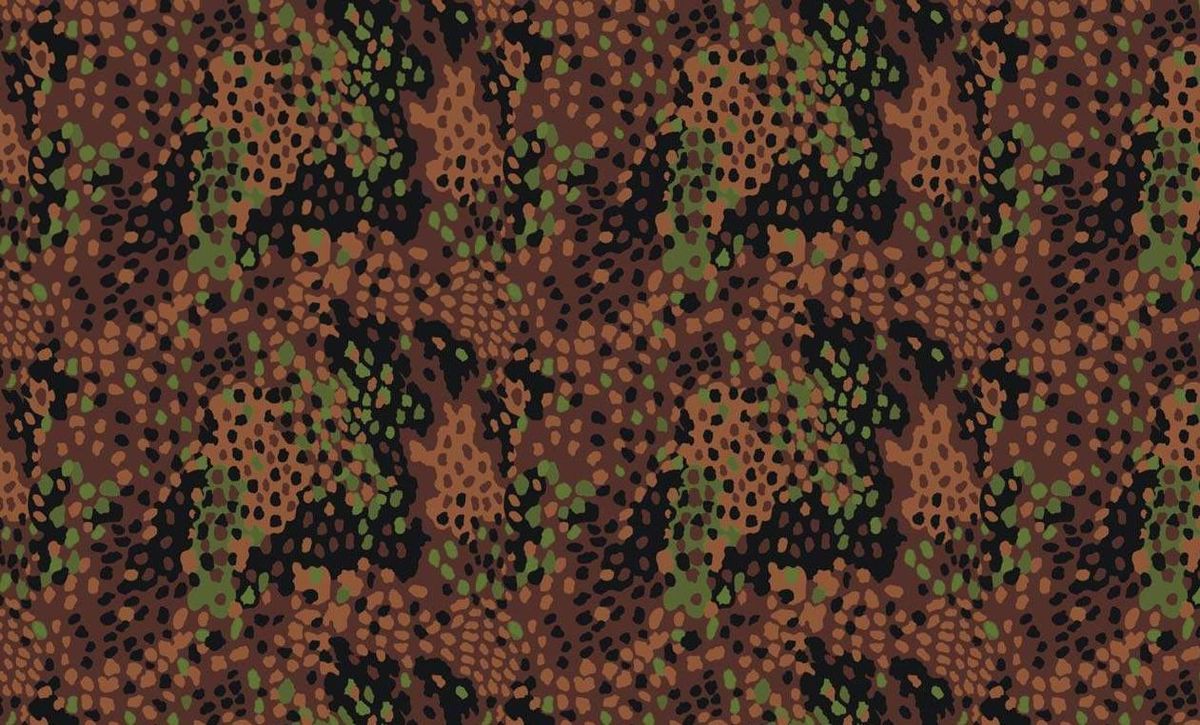
Lohwand Armour of the Trigan Empire
☰ Panzerworld Articles German Armor Camouflage German Armor Camouflage By Christian Ankerstjerne - Last modified 2023-08-25 Contents Paint Standardization Pre-war, 1927-1937 Early-war, 1937-1940 Mid-war, 1940-1943 North Africa and Southern Europe, 1941-1943 Late-war, 1943-1945 Interior Colors Color Variations Whitewash Field Camouflage Sources